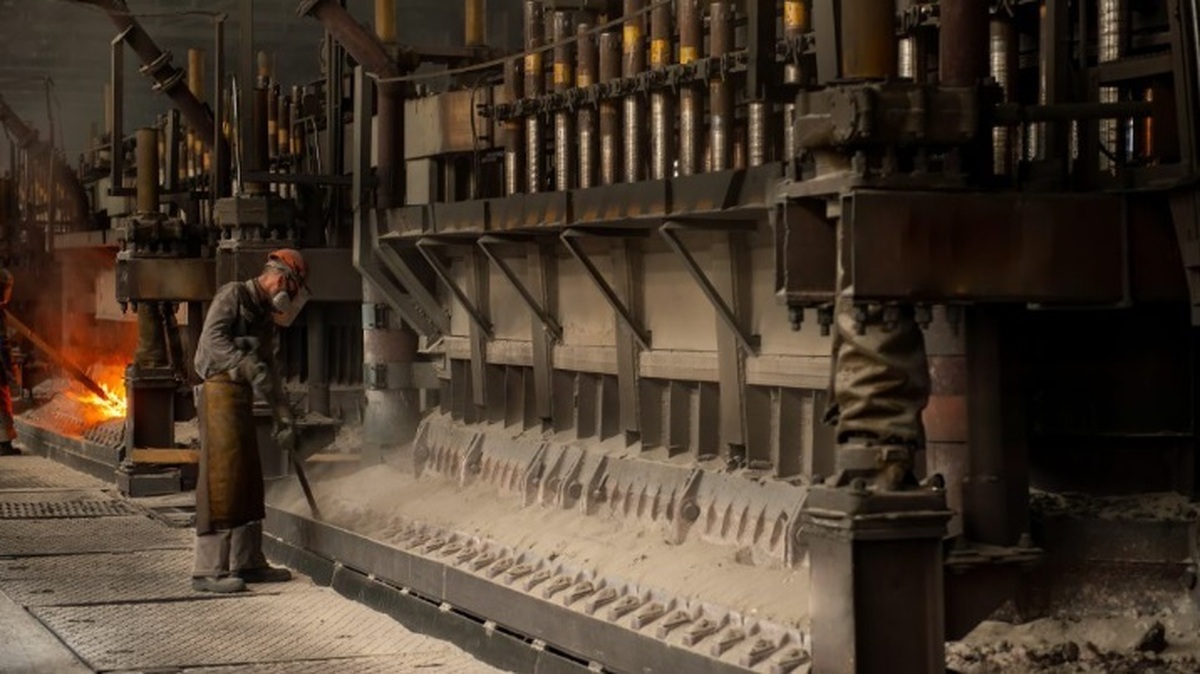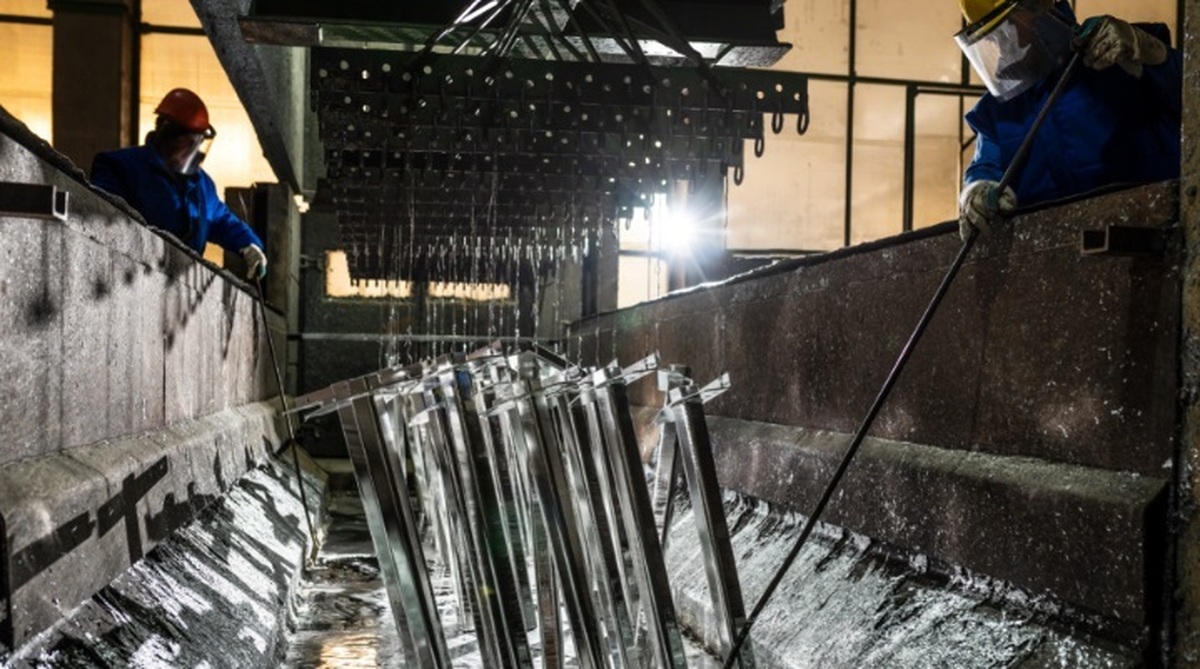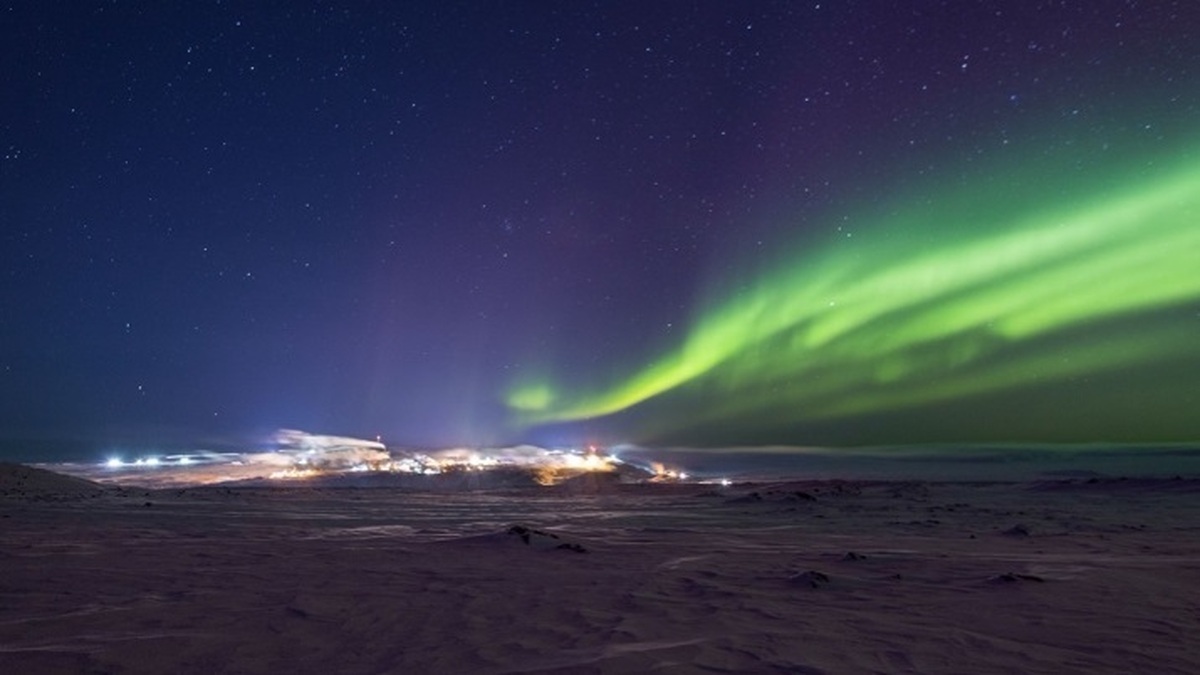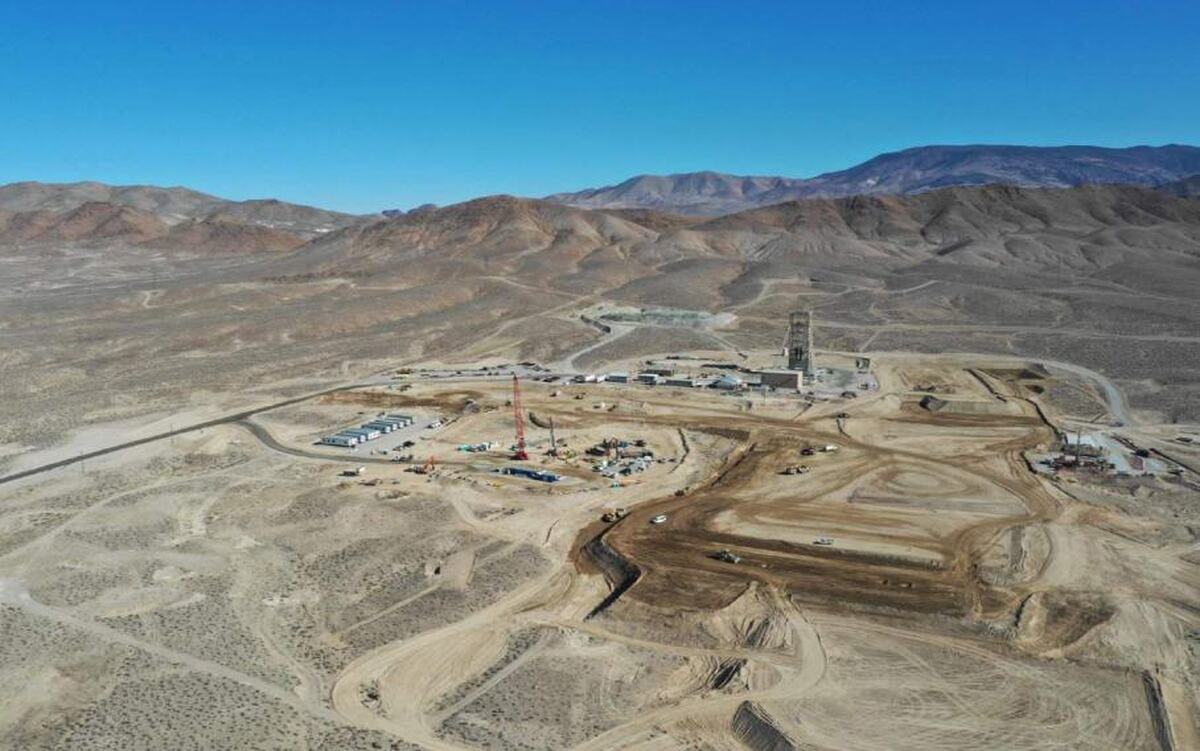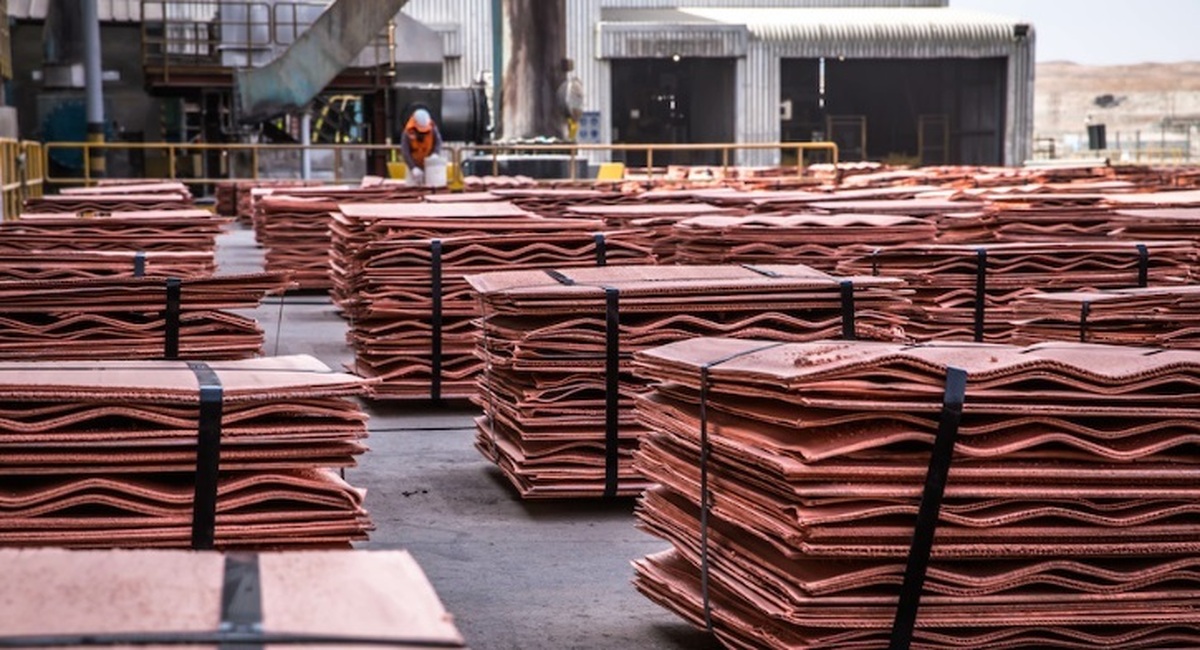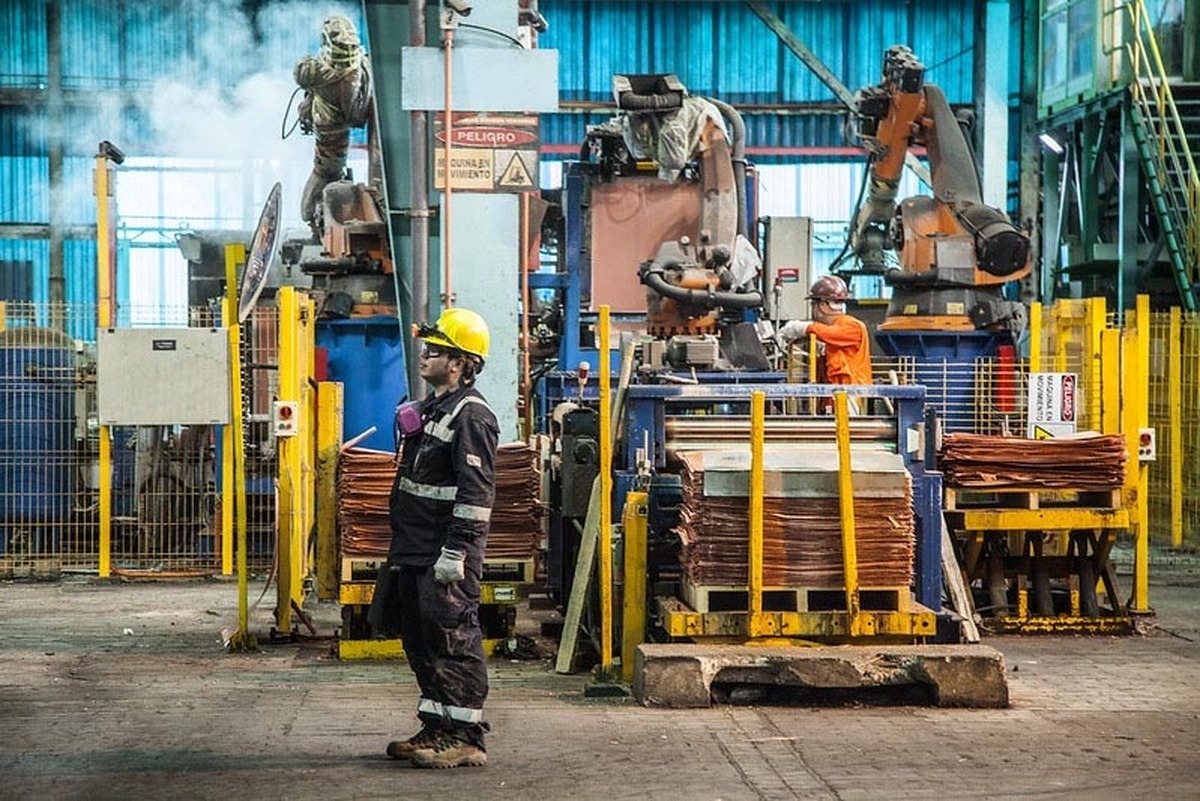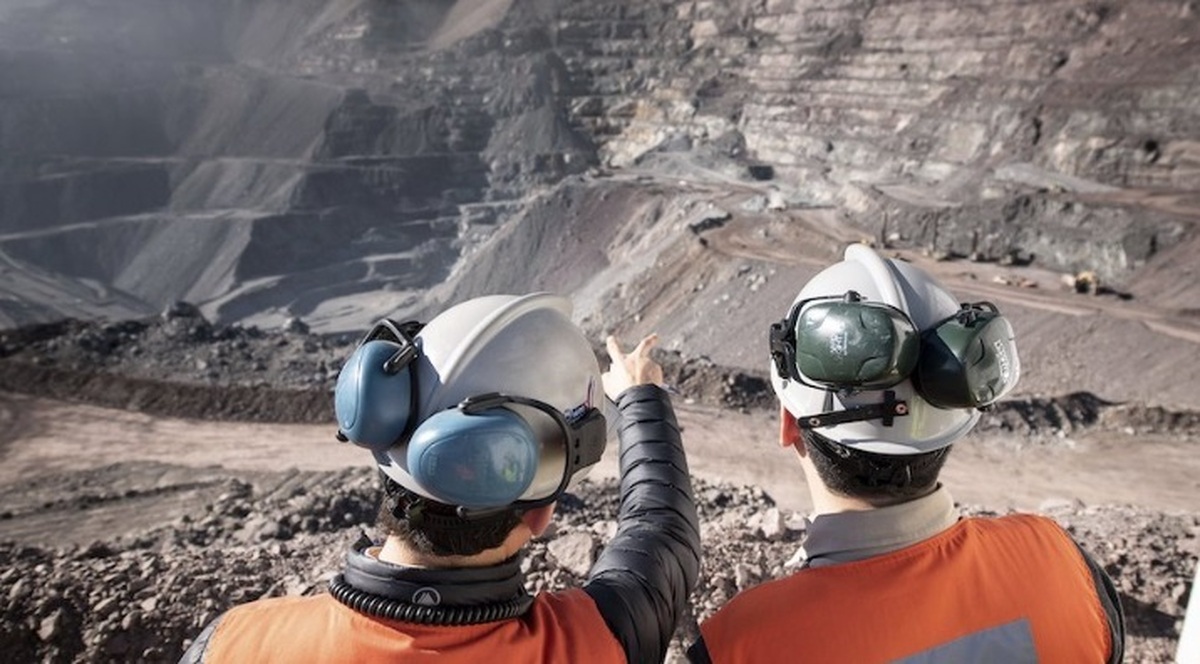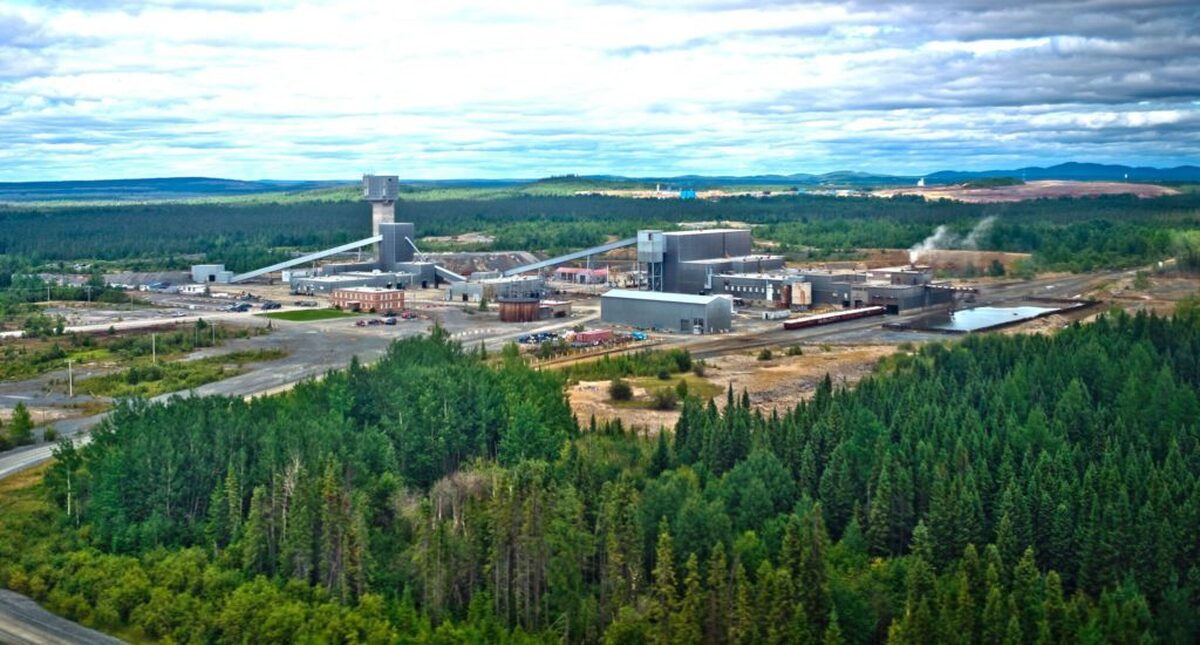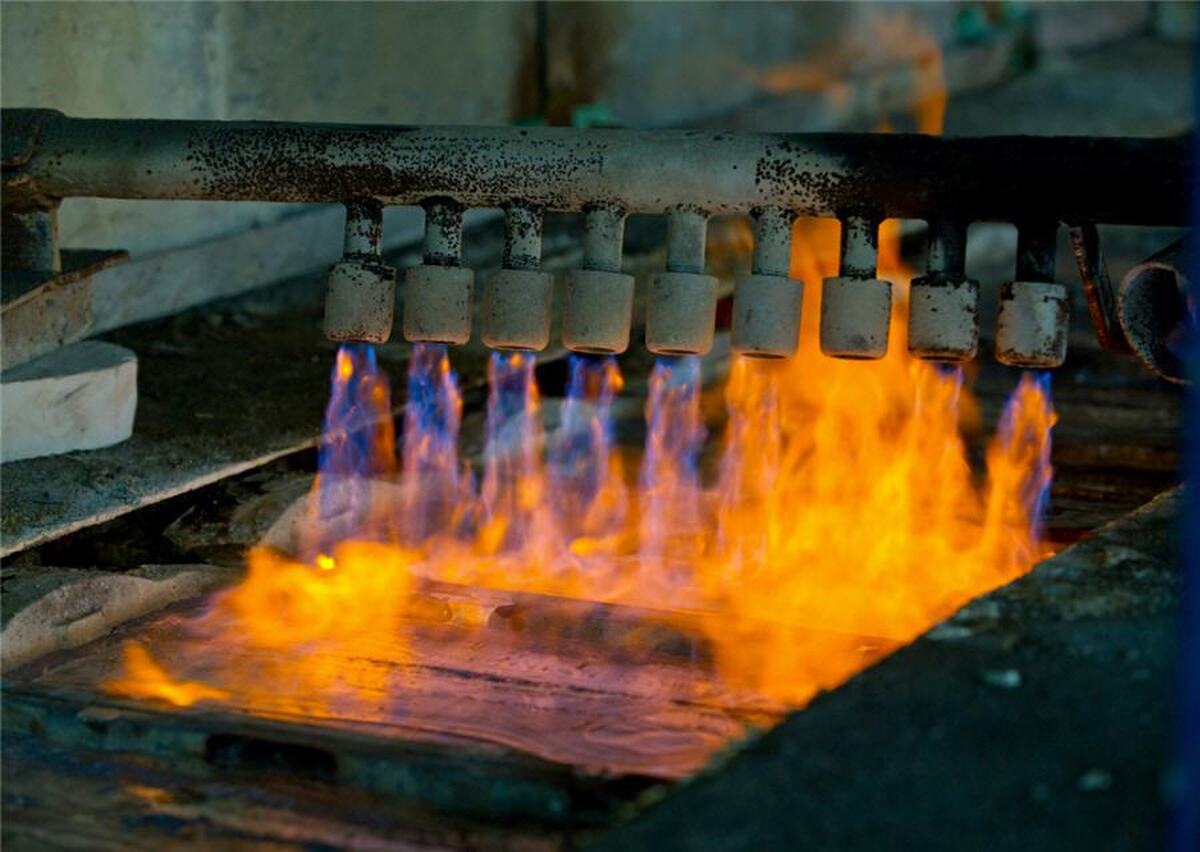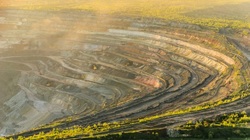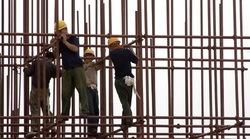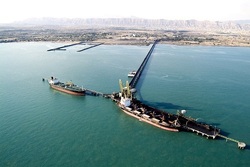
Zinc market tightens as mine supply disruptions rattle buyers
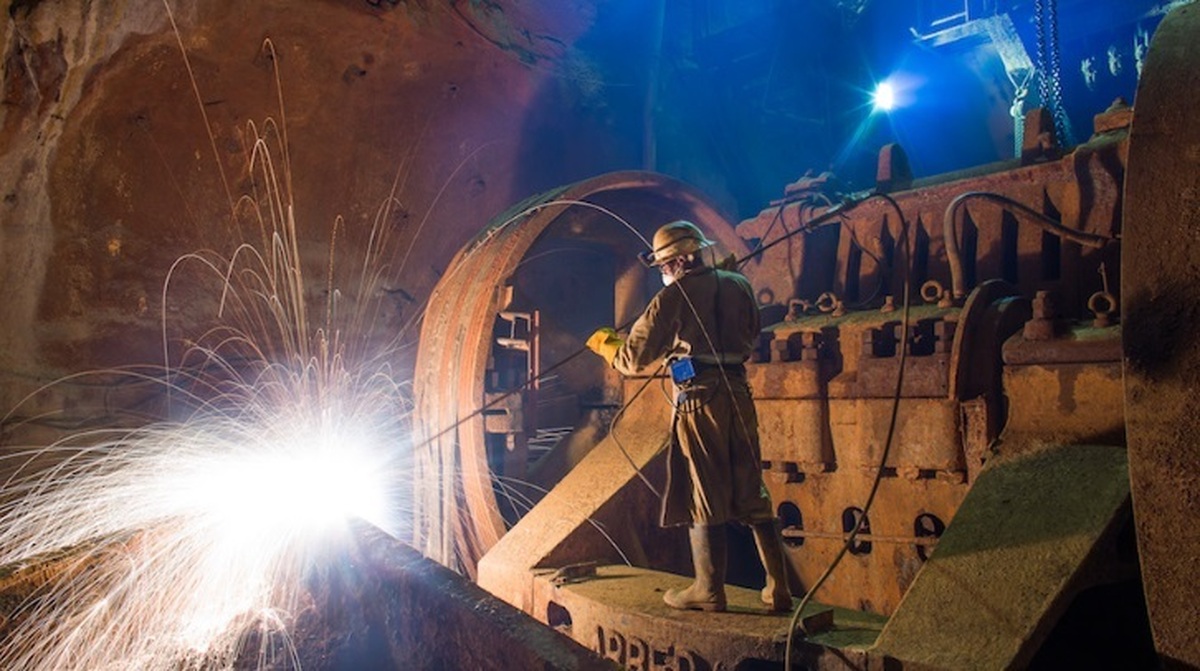
According to me-metals cited from mining.com, Cash zinc contracts are trading at a $24.09 premium to three-month futures, in a pricing structure known as backwardation that’s a hallmark sign that spot demand is exceeding supply. The spread was trading at a discount as recently as last week, and is now at the highest level since 2023.
The zinc market has been rattled by a series of mine setbacks this year, dramatically tightening supplies of raw zinc ores known as concentrates. Demand for the metal has suffered during an industrial downturn in China and Europe, but the supply ructions have been large enough to underpin an 17% gain in zinc prices on the LME this year.
The key question among analysts and traders is whether zinc smelters — squeezed by rising raw material costs and weak end-use demand — will be forced to cut production. That could constrict spot metal supplies and fuel further price gains. The backwardation signals that buyers in the LME market are increasingly alert to that possibility.
Within the past week, one individual buyer has acquired between 50% and 80% of the readily available zinc inventories in the LME’s warehousing network, according to data from the exchange. And in the futures market, one entity has also bought up at least 40% of the main November-delivery zinc contracts, which would entitle them to scoop up more inventory than there is available in the system, if held to expiry.
“Has this tightness been accentuated by changes in trader positioning? Maybe, but there’s a fundamental basis for it because we’re simply not mining enough zinc,” Colin Hamilton, managing director for commodities research at BMO Capital Markets, said by phone from London. “I can see why it’s happening, because on the raw-material side it’s the tightest of all the base metals.”

Backwardations can emerge quickly in individual price spreads as large buyers emerge on the LME, and they can dissipate just as rapidly if and when those inventories and futures positions are sold back into the market. But the tightness isn’t limited to near-dated months, with a steep backwardation emerging all the way out to 2027 in recent trading sessions — suggesting that investors, traders and consumers could be bracing for a longer-term squeeze on supply.
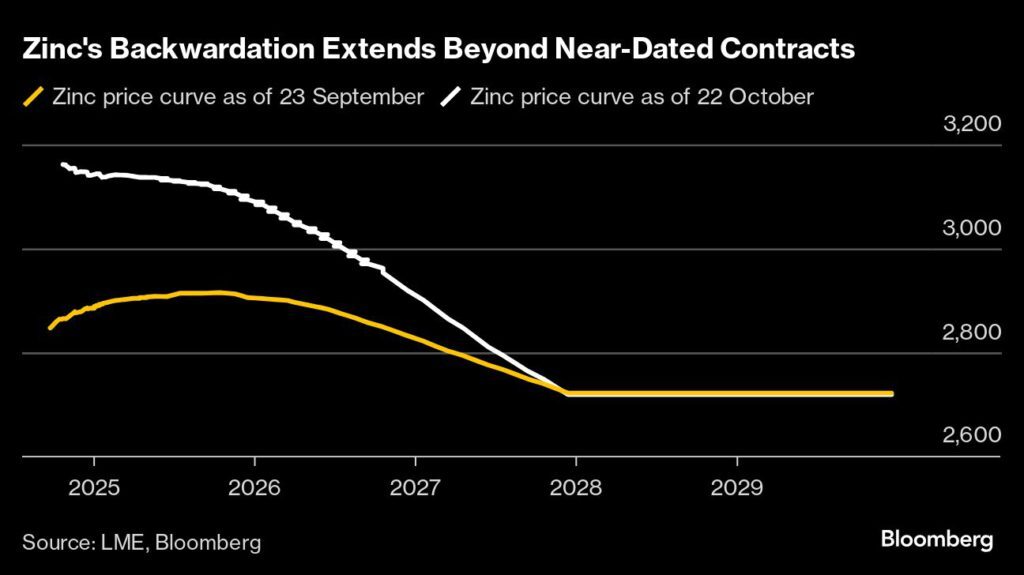
Global mine production fell by 4.2% in the first eight months of the year, data from the International Lead and Zinc Study Group showed on Wednesday. Meanwhile, refined zinc output has fallen 1%, but BMO’s Hamilton said it’s likely that more meaningful smelter cutbacks will be seen moving into next year.
Bullish investors have been betting on a slower-than-expected recovery in mined supplies following a series of cuts to production guidance, including a downward revision by Ivanhoe Mines Ltd. earlier this month, according to Zeng Tong, an analyst at Jinrui Futures Co.
The latest knock to mine supply came on Friday, as Sibanye Stillwater Ltd. said that it expects operations at its Century zinc mine in Australia to be suspended until mid-November after a bushfire damaged some equipment.
Investors might be rushing to build long positions following the Century news, said Han Zhen, an analyst at researcher Shanghai Metals Market. There is also talk about possible production cuts at European smelters due to higher electricity costs over winter, she said.
Zinc was down 0.4% at $3,126 a ton on the LME as of 1:32 p.m. in London, after climbing 2% on Tuesday. Other metals were mixed, with copper down 1.2% to $9,470 a ton, while aluminum rose 0,3%.
source: mining.com


Alba Discloses its Financial Results for the Second Quarter and H1 of 2025

US slaps tariffs on 1-kg, 100-oz gold bars: Financial Times

Copper price slips as unwinding of tariff trade boosts LME stockpiles

Codelco seeks restart at Chilean copper mine after collapse
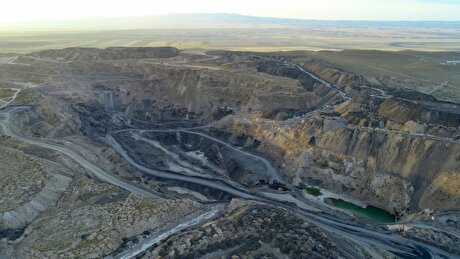
Uzbek gold miner said to eye $20 billion value in dual listing
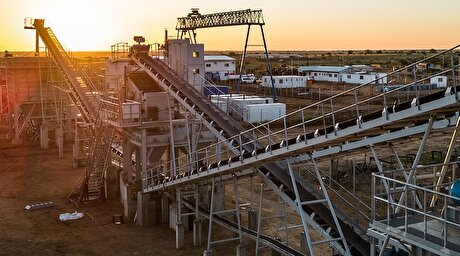
NextSource soars on Mitsubishi Chemical offtake deal

Hudbay snags $600M investment for Arizona copper project
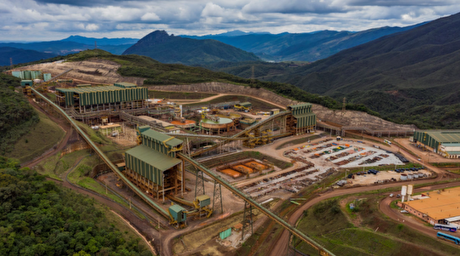
BHP, Vale offer $1.4 billion settlement in UK lawsuit over Brazil dam disaster, FT reports
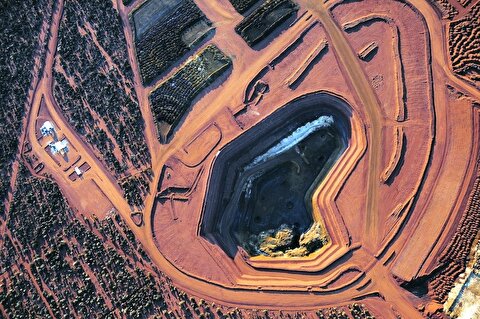
Australia weighs price floor for critical minerals, boosting rare earth miners
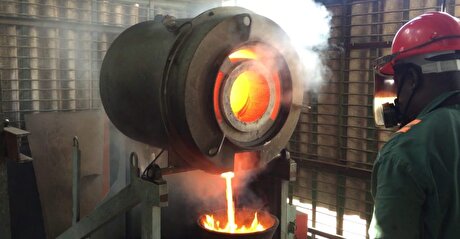
Zimbabwe labs overwhelmed as gold rally spurs exploration, miner says
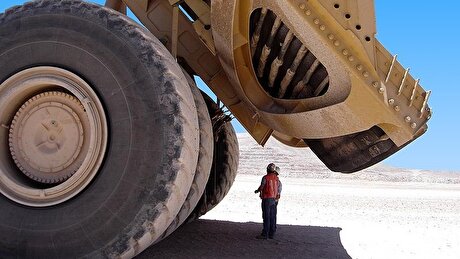
Cochilco maintains copper price forecast for 2025 and 2026
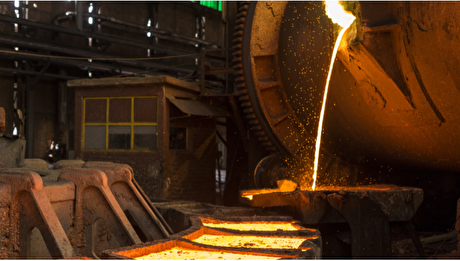
Adani’s new copper smelter in India applies to become LME-listed brand

HSBC sees silver benefiting from gold strength, lifts forecast

Mosaic to sell Brazil potash mine in $27M deal amid tariff and demand pressures
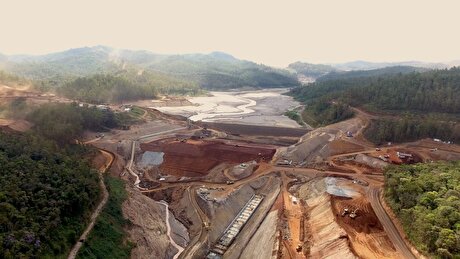
Samarco gets court approval to exit bankruptcy proceedings

Hudbay snags $600M investment for Arizona copper project
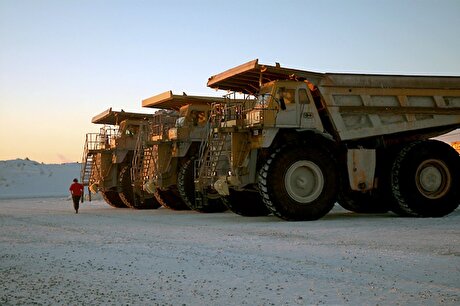
Discovery Silver hits new high on first quarterly results as producer

Trump says gold imports won’t be tariffed in reprieve for market

AI data centers to worsen copper shortage – BNEF

Cochilco maintains copper price forecast for 2025 and 2026

Adani’s new copper smelter in India applies to become LME-listed brand

HSBC sees silver benefiting from gold strength, lifts forecast

Mosaic to sell Brazil potash mine in $27M deal amid tariff and demand pressures

Samarco gets court approval to exit bankruptcy proceedings

Hudbay snags $600M investment for Arizona copper project

Discovery Silver hits new high on first quarterly results as producer

Trump says gold imports won’t be tariffed in reprieve for market

AI data centers to worsen copper shortage – BNEF

